Naza Italia has officially launched the Ferrari 296 GTB in Malaysia. The mid-rear-engined two-seater berlinetta, the Prancing Horse’s first V6-powered model in nearly half a century, goes on sale here priced from RM1.228 million (before duties, customisation options, taxes and insurance),
The F171 is the automaker’s second series-production plug-in hybrid model after the SF90 Stradale and its Spider derivative. Measuring in at 4,565 mm long, 1,958 mm wide and 1,187 mm tall, with a 2,600 mm-long wheelbase, the 296 GTB features plenty of retro-styling cues in its exterior form.
References to the 1963 250 LM can be seen in the design of the B pillar as well as the wings into which the air-intakes are set, and the Kamm tail. Elsewhere, the the one-off P80/C and Japanese market J50 provides inspiration for the visor-style wraparound windscreen, while the headlight design borrows visual elements from the “teardrop-shaped” headlights of the past.
Styling-wise, the car’s front end is much more tapered than the automaker’s previous mid-rear engine V8 models, while imposing flying buttresses, wide wings and an engine bay cover with a unique, three-dimensional glass surface make for a visually striking rear end.
As for wheels, the 296 is dressed with a new twin-spoke alloy design, with a five-spoke forged diamond-cut finish unit available as an option. Additionally, there is also a carbon-fibre wheel option, which is eight kilos lighter than its forged counterpart.
At the heart of it all is the F163, the first six-cylinder engine to be installed on a road-going Ferrari; while the company had V6 sports cars in its line-up in the ‘70s, these were sold under the Dino moniker, the last of these being the 246 GT in 1974.
Fully-developed in-house, the 120° twin-turbo V6 has a displacement of 2,992 cc, which provides the basis for the car’s name – the unit is badged as a 2.9 litre unit, and the number of cylinders completes the convention. Technical highlights include having the turbos installed inside the vee, which improves packaging, lowers the centre of gravity and reduces engine mass. The IHI turbochargers have also been reworked, now capable of revving to 180,000 rpm and offering a notable improvement in performance as well as boost efficiency.
Like the SF90, the car features a MGU-K (Motor Generator Unit, Kinetic), which is housed between the engine and the gearbox, with a Transition Manager Actuator (TMA) – essentially, a clutch – set between the engine and the electric motor to decouple them in electric-only eDrive mode. However, the dual-rotor single-stator axial flux motor’s torque has been increased to 315 Nm for the application here, and unlike the Stradale, there are no front electric motors on the 296 GTB.
The engine develops 654 hp (663 PS), and paired with an electric motor capable of delivering 164 hp (167 PS or 122 kW), the combinations provides the 296 GTB with 818 hp (830 PS) at 8,000 rpm and 740 Nm at 6,250 rpm. The gearbox, meanwhile, is the same eight-speed wet dual-clutch transmission as seen on the SF90 Stradale and SF90 Spider, Roma and Portofino M, all of which have been introduced in Malaysia.
Performance figures for the 1,470 kg offering include a 0-100 km/h time of 2.9 seconds, a 0-200 km/h time of 7.3 seconds and a maximum speed of more than 330 km/h. As for its Fiorano lap time, it’s one minute and 21 seconds.
The lithium-ion battery on the 296 is an 80-cell 7.45 kWh unit, which has four less cells than the 7.9 kWh battery in the SF90 but is two kg lighter and charges around 5% faster than the latter (which takes around three hours to fill). Despite its lower rating, the pack provides 25 km of all-electric range, similar to that of the SF90, and the car can operate at up to 135 km/h in pure electric drive.
Like on the SF90, four drive modes are available on the 296, selectable via the eManettino controller. These are all-electric eDrive; Hybrid, the default setting when the car is turned on; Performance, which keeps the engine running and prioritises charging the battery than on efficiency, and Qualify, which provides maximum power output from the electric motor, prioritising performance over battery charging.
In terms of vehicle dynamics conrol systems, you’ll find eSSC (electronic Side Slip Control), electric traction control (eTC) and eDiff in the mix, but a new six-way Chassis Dynamic Sensor (6w-CDS) makes its debut on the car. The latter helps enhance the car’s fun-to-drive factor and improves the vehicle’s response to both steering and throttle input.
Elsewhere, braking has been enhanced with the inclusion of a new brake-by-wire system and a new function called ABS evo, which ensures pedal travel is reduced to an absolute minimum but without any sacrifice to efficiency. The new system provides more consistent braking force under repeated heavy braking, and shorter stopping distances in the dry – compared to the F8 Tributo, the 296 GTB reduces the 200-0 km/h braking distance by 8.8%.
In terms of aerodynamics, highlights include the incorporation of an active rear spoiler. Based on that seen on the LaFerrari, the unit is integrated into the rear bumper and offers the car the ability to generate a high level of rear downforce by up to 360 kg at 250 km/h with the Assetto Fiorano package specified for the car.
Inside, the presentation continues on the tech-centric direction that premiered on the SF90 Stradale. The digital instrument cluster continues to be a visual highlight, and is flanked by two side satellites, each with its air-condition vent and individual capacitive touch controls.
Effort has been made to blend the design elements to be as seamless as possible to offer improved cohesion and flow within the cabin space. For example, the sculptural door panel is a continuation of the dashboard in terms of both materials and colour, while the head-up display is integrated into the leather trim. Likewise, the speaker covers utilise thermoplastic material in the same colour as the dashboard.
Besides the general level of customisation available for it, the 296 GTB is also available with an Assetto Fiorano package. Items in the pack include special GT racing-derived adjustable Multimatic shock absorbers optimised for track use and high downforce carbon-fibre appendages on the front bumper, which can deliver an additional 10 kg of downforce.
The pack also introduces more extensive use of lightweight materials such as carbon-fibre elements for both cabin and exterior. These include a reworked door panel, which shaves off 12+ kgs. Other options unique to the Assetto Fiorano package includes an ultralight Lexan rear screen, which brings the weight savings to 15 kg, and Michelin Sport Cup2R high performance tyres for track duties.
Looking to sell your car? Sell it with Carro.

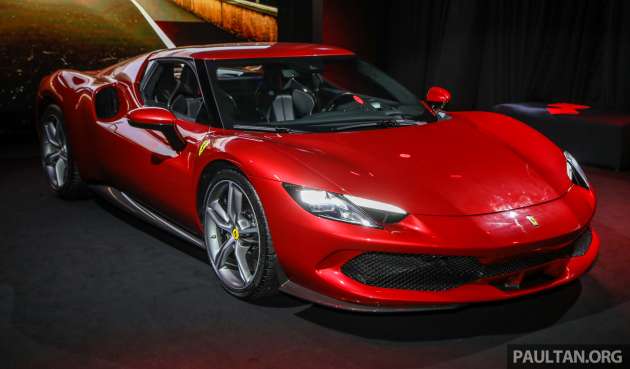
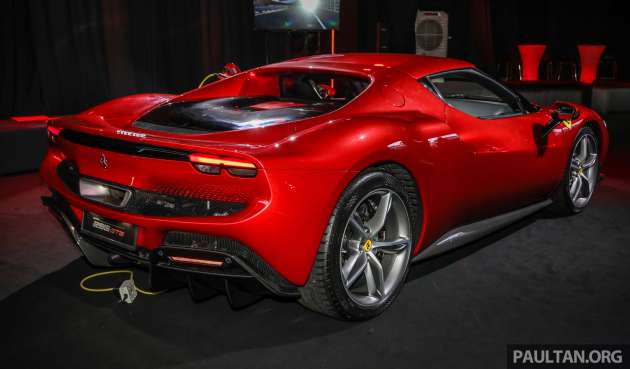








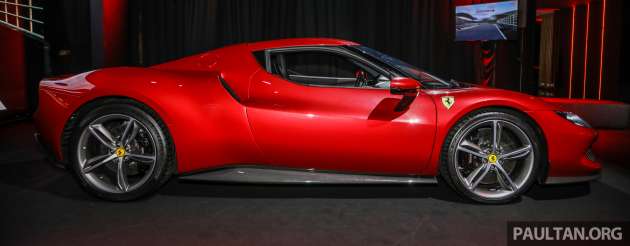





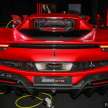
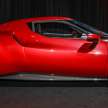


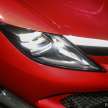

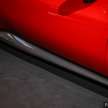
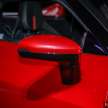



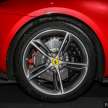
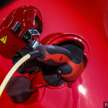

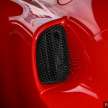


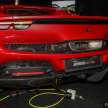

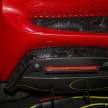
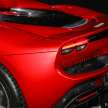


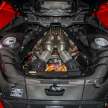


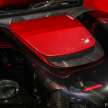
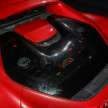
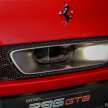

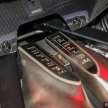
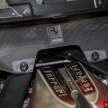
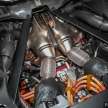
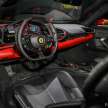
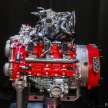
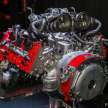


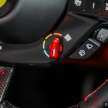
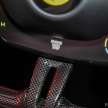
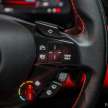
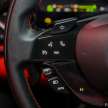

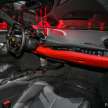
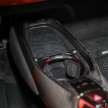

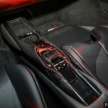
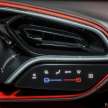


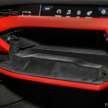
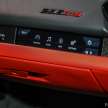
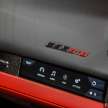
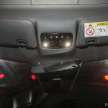
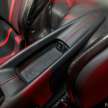
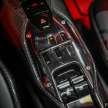
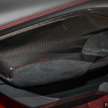
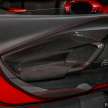
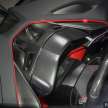
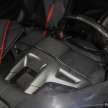

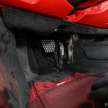
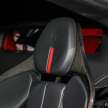
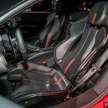
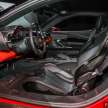
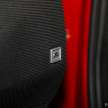
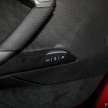
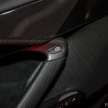
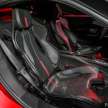
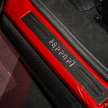
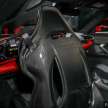
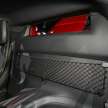
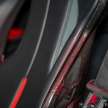
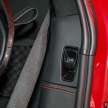


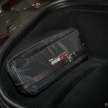
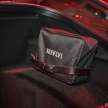
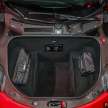
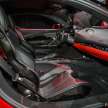
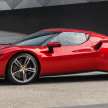




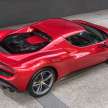
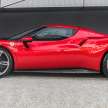


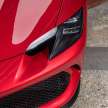
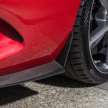
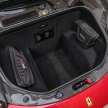
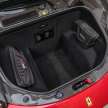



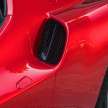


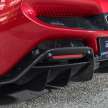
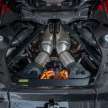
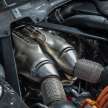


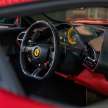

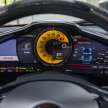
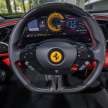
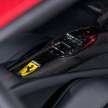
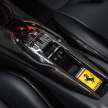
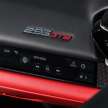
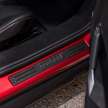
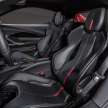
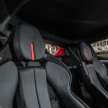
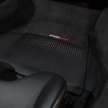
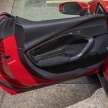





honestly ive lost track on how many models ferrari has nowadays